The NFL Scouting Combine kicks off next week, an unofficial end to the slow part of the NFL offseason and an event that will kick free agency and draft hype into overdrive. And before much of the organization heads to Indianapolis next week, it's let's open up the mailbag for a pre-combine mailbag. As always, thanks to everyone who asked questions this week, and apologies if I couldn't get to yours this time around. And remember, if Twitter isn't your thing, you can also submit mailbag questions anytime you'd like at Seahawks.com/mailbag.
@KatyEllis812 asks, "How much does the combine actually affect a general manager's decisions?"
A: A great question from Katy to kick this one off, because for as big of a deal the NFL Scouting Combine has become, it's worth remembering that teams have done the majority of their draft preparation already, first and foremost by watching college football, and also through visits to schools and the college all-star games that have already taken place like the Senior Bowl or the East-West Shrine Bowl.
That's not to say that the combine isn't still very valuable, however. Ask any G.M. or scout about the combine, and they'll tell you that the No. 1 thing they get out of it are the medical evaluations. And that shouldn't come as a surprise seeing as the Combine started as a way to get draft prospects in a central location for medical checkups. The interviews, both formal and informal, to get to know players are also very important, especially for the top prospects and underclassmen who weren't at events like the Senior Bowl.
When it comes to the fan-favorite events like the 40-yard dash or the vertical leap, the biggest thing there for teams is to either confirm what they thought they knew already having watched a player's games, or to get them to go back to the tape if a time or measurement doesn't match up with an evaluation.
Benjie Limon from Virginia Beach asks, "Is it a good sign or a concern that our coaches are leaving for opportunities with other teams?"
A: It definitely presents a challenge to lose a quality coach, and the Seahawks have lost three so far this offseason, with former quarterbacks coach Dave Canales going to Tampa Bay as the Buccaneers' new offensive coordinator, and, as general manager John Schneider shared on Seattle Sports 710 AM last week, assistant receivers coach Brad Idzik joining Canales in Tampa, and with Aaron Curry going to Pittsburgh to be the Steelers' inside linebackers coach.
But while losing coaches hurts in the short term, from a big-picture standpoint, it's a positive. First and foremost, teams that lose assistants tend to be winning organizations, which is what every fan wants, and the Seahawks have won a heck of a lot of games under Pete Carroll and John Schneider's leadership, leading to the loss of plenty of good coaches.
Carroll has pointed out in the past that he always wants to help his assistants move on to bigger and better things, so he no doubt is happy for Canales, Idzik and Curry, and as Carroll has also noted, it helps a team attract good coaching candidates when the Seahawks have a history of helping assistant coaches eventually earn promotions, either internally or with other teams.
Kevin Clark from Seattle asks, "Does Nick Bellore's new contract include a third season of "Between Two Bellores?"
A: I actually asked Bellore this after his signing, and he said he's still not sure if he'll bring back "Between Two Bellores," the Youtube show he has done the past two seasons that is an homage to Zach Galifianakis' "Between Two Ferns." Bellore plans to do something creative with his free time that will no doubt be entertaining, but as of now he isn't sure if it'll be something new or a third season of "Between Two Bellores."
Brad Drinkwine from Bothell asks, "It seems I see everywhere that "edge" is a position of need for the team. Can you please explain the "edge" position in the Seahawks 3-4 defense, especially the difference between "edge" and outside linebacker. And why is it a top need if most of our pressure and sacks are coming from outside linebacker like Uchenna Nwosu and Darrell Taylor?"
A: The term "edge" has become more and more common in recent years, and one of the big reasons is that it helps categorize players, particularly draft prospects coming into the league, regardless of the scheme an NFL team is running. Current Seahawks like Taylor, Nwosu and Boye Mafe are outside linebackers in Seattle's current 3-4 scheme, but they would have been defensive ends in the previous 4-3 defenses, just as edge rushers like Cliff Avril or Chris Clemons were. By calling a draft prospect an edge, you can get a sense that he would be an outside linebacker or a defensive end depending on scheme, as opposed to a defensive end in a 3-4 like Quinton Jefferson or Shelby Harris, who are different styles of players and different body types that Taylor or Nwosu types.
As for calling that a need, that's not a knock on the current edge players, but rather a reflection of how important a pass rush is to a defense. And since teams tend to rotate players on their defensive front, edge rush can be a need even if a team has two or three really good players there. And it's also important to consider where Seattle is drafting. Top edge players go early in the draft, and the Seahawks rarely draft as high as this year's No. 5 pick because they've rarely had bad seasons under Carroll and Schneider. So even if the Seahawks already have some quality edge defenders, as they do, it could be hard to pass up on an elite pass rusher if one were there at No. 5 because those players are so hard to acquire.
@CelestialMosh asks, "How much cap space will the Seahawks have if they re-sign Geno Smith?"
A: The Seahawks and Geno Smith have made it clear that they hope to have the Pro-Bowl quarterback continue his career in Seattle, but it's impossible to speculate on what his deal will mean in terms of Seattle's cap space, because until a deal gets done, we won't know what it looks like from a cap perspective. And while it's not my place to speculate on what a Smith contract would look like, it is worth remembering that teams can create cap flexibility with multi-year contracts, primarily with how they structure them with signing bonuses. A signing bonus can be prorated, cap wise, over the course of a contract for up to for four seasons, so a big signing bonus combined with a low base salary means a team can sign a player, even for pretty big money, with a very manageable first-year hit. Of course, that means a bigger cap number later in the contract, but with the NFL's salary cap going up pretty much every year, that can feel a little more manageable.
@Blaisien asks, "What's the over-under on rushing yards for Nick Bellore in 2023? I'm thinking 6 yards. I really think he gets two carries in 2023."
A: I like your thinking, and I'll got with more than six yards as well. For those not in on the silly joke, I made note in the story of Bellore's contract extension that he finished with three rushing yards last season, just two yards short of the career-high he established in 2020. A special teams standout and captain, and a part-time linebacker/part-time fullback, Bellore is very valuable to the team, but he is rarely, if ever, is called upon to run the ball—he has three career carries and two in his four seasons with the Seahawks. But why not root for more touches for the Seahawks' favorite funny man? It'll be worth it for the postgame quotes if nothing else.
Take a look back at some of the best photos of Seahawks linebacker Nick Bellore from the 2022 season.


The best photos of Seahawks linebacker Nick Bellore from the 2022 season.

The best photos of Seahawks linebacker Nick Bellore from the 2022 season.

The best photos of Seahawks linebacker Nick Bellore from the 2022 season.
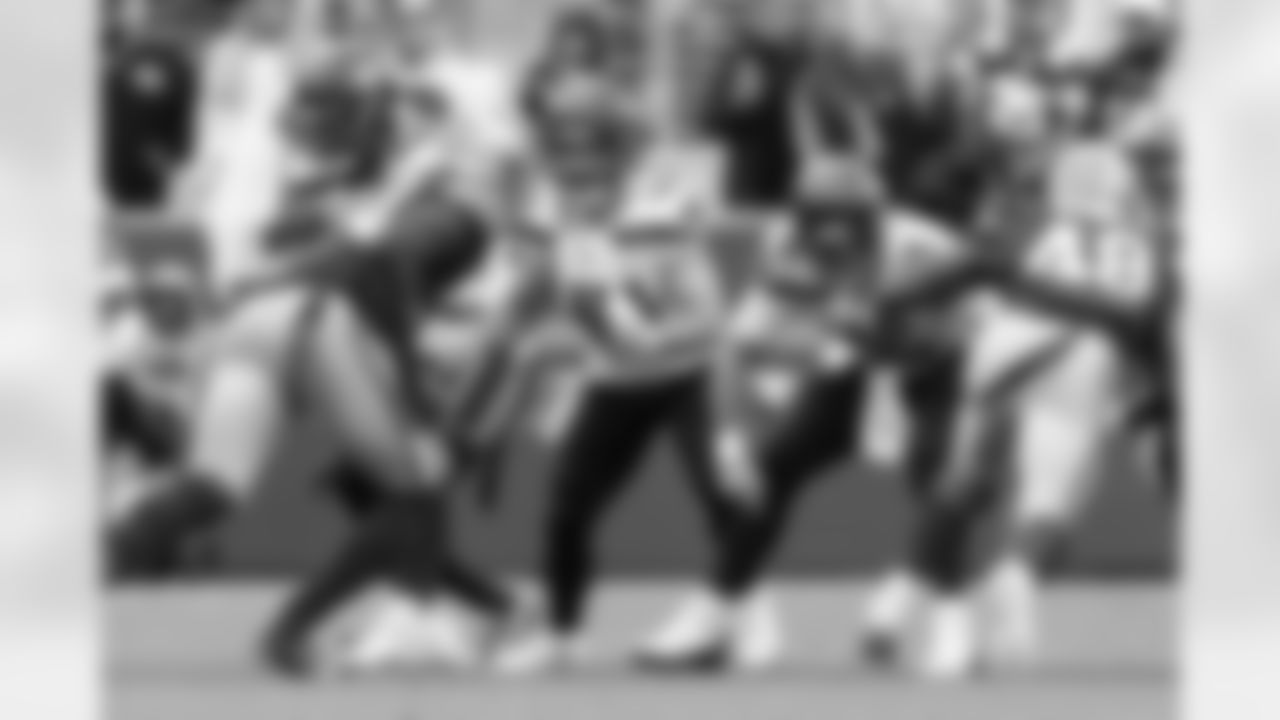
The best photos of Seahawks linebacker Nick Bellore from the 2022 season.
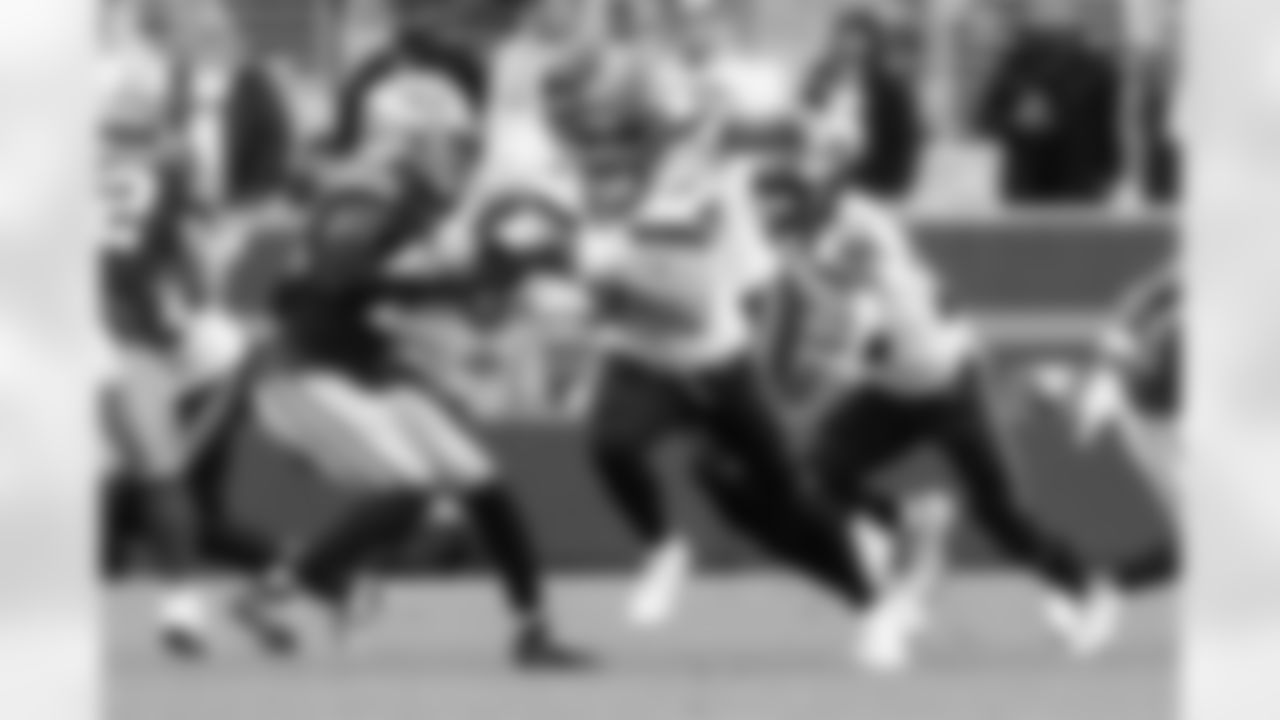
The best photos of Seahawks linebacker Nick Bellore from the 2022 season.
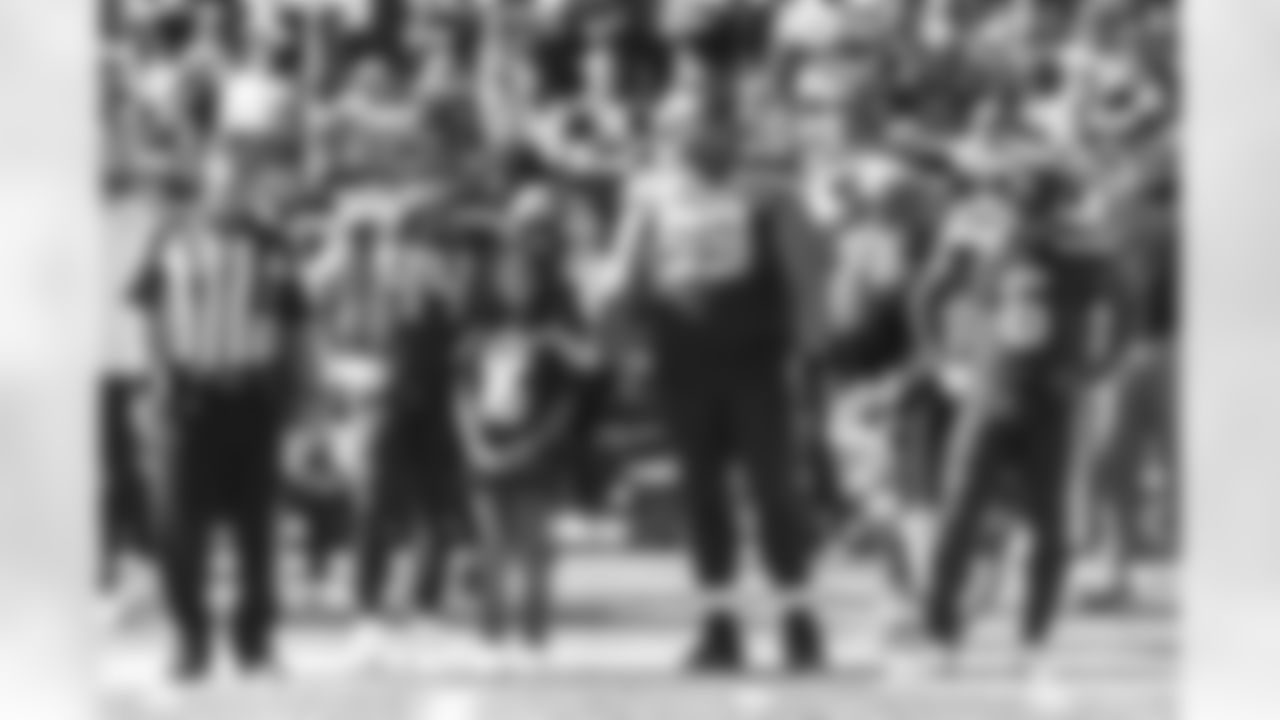
The best photos of Seahawks linebacker Nick Bellore from the 2022 season.
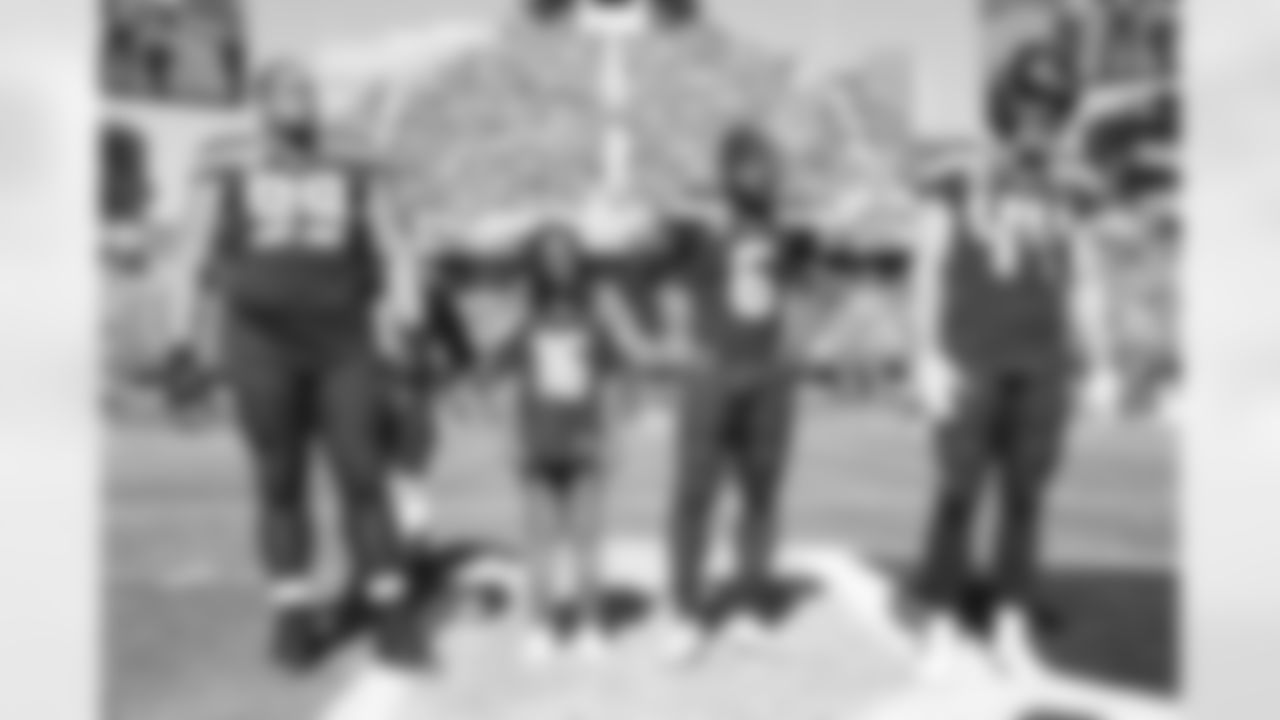
The best photos of Seahawks linebacker Nick Bellore from the 2022 season.

The best photos of Seahawks linebacker Nick Bellore from the 2022 season.

The best photos of Seahawks linebacker Nick Bellore from the 2022 season.

The best photos of Seahawks linebacker Nick Bellore from the 2022 season.

The best photos of Seahawks linebacker Nick Bellore from the 2022 season.
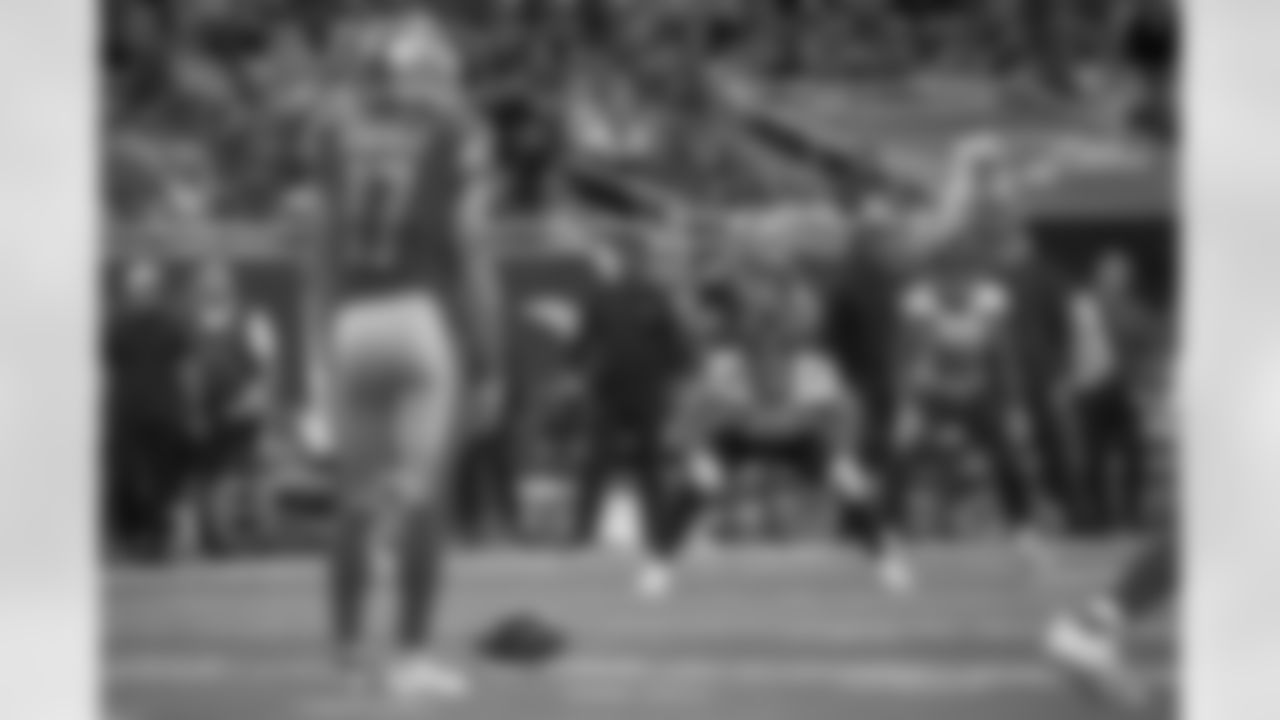
The best photos of Seahawks linebacker Nick Bellore from the 2022 season.

The best photos of Seahawks linebacker Nick Bellore from the 2022 season.

The best photos of Seahawks linebacker Nick Bellore from the 2022 season.
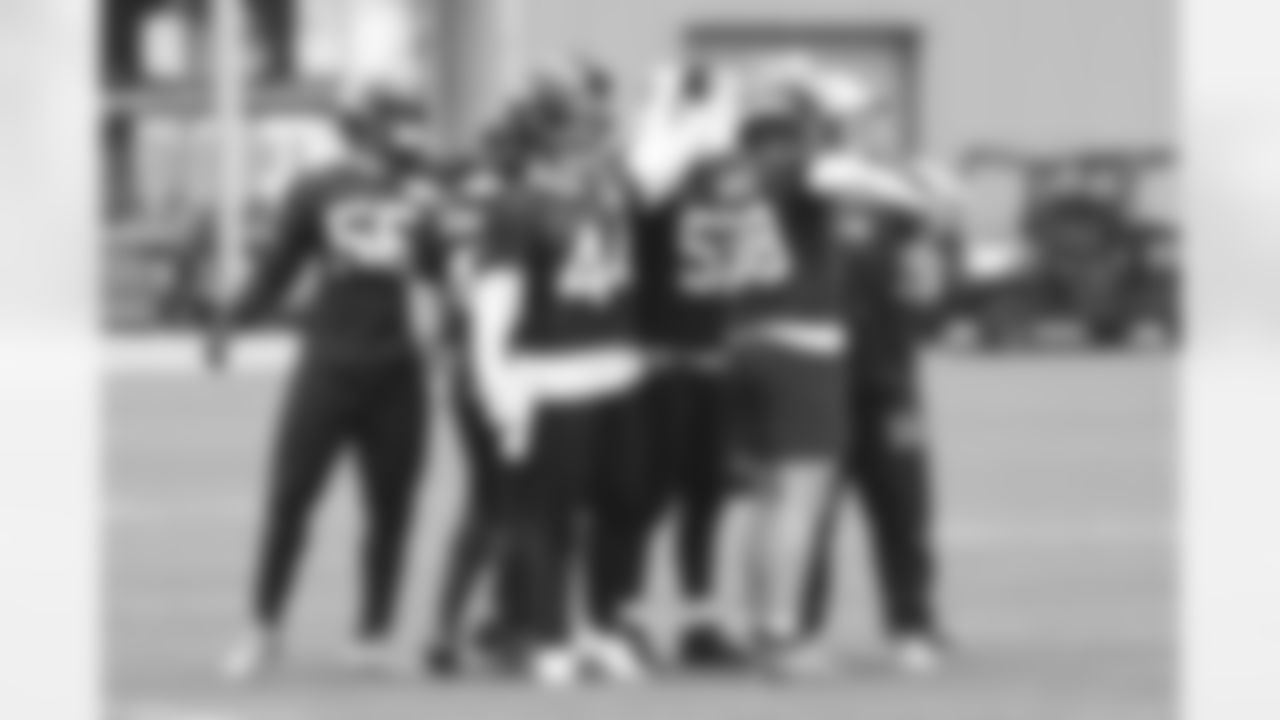
The best photos of Seahawks linebacker Nick Bellore from the 2022 season.
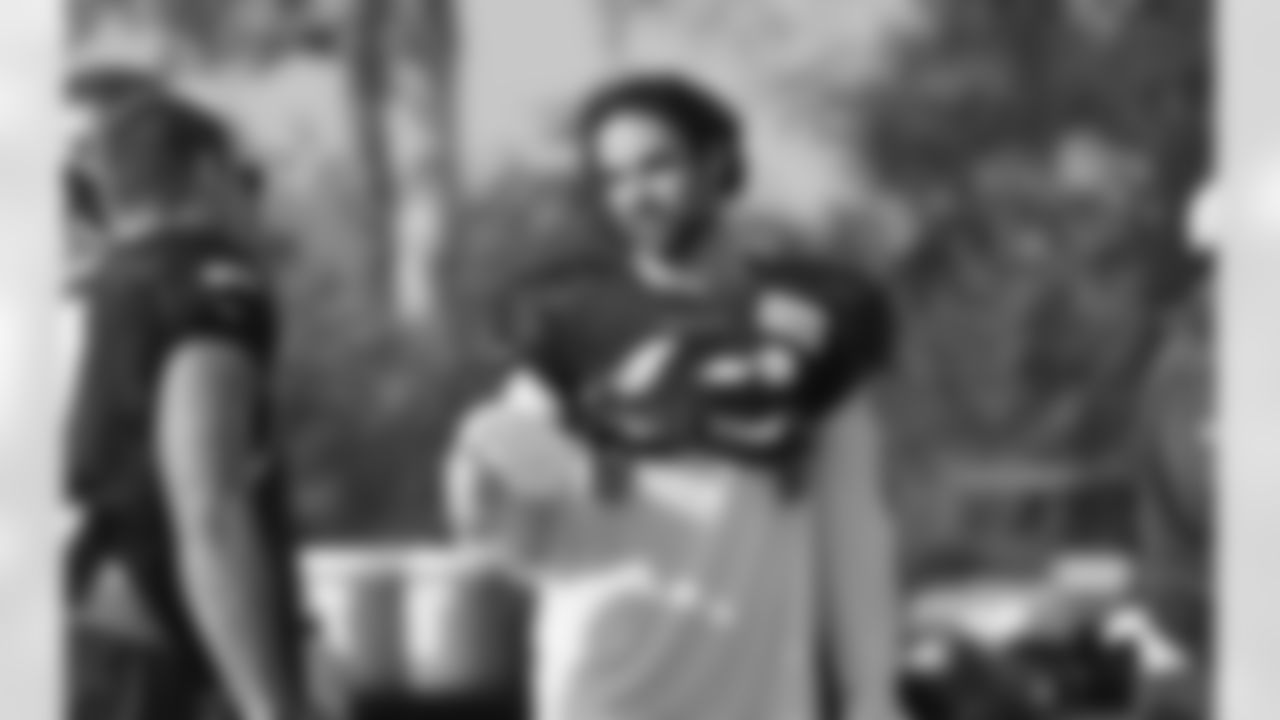
The best photos of Seahawks linebacker Nick Bellore from the 2022 season.

The best photos of Seahawks linebacker Nick Bellore from the 2022 season.

The best photos of Seahawks linebacker Nick Bellore from the 2022 season.
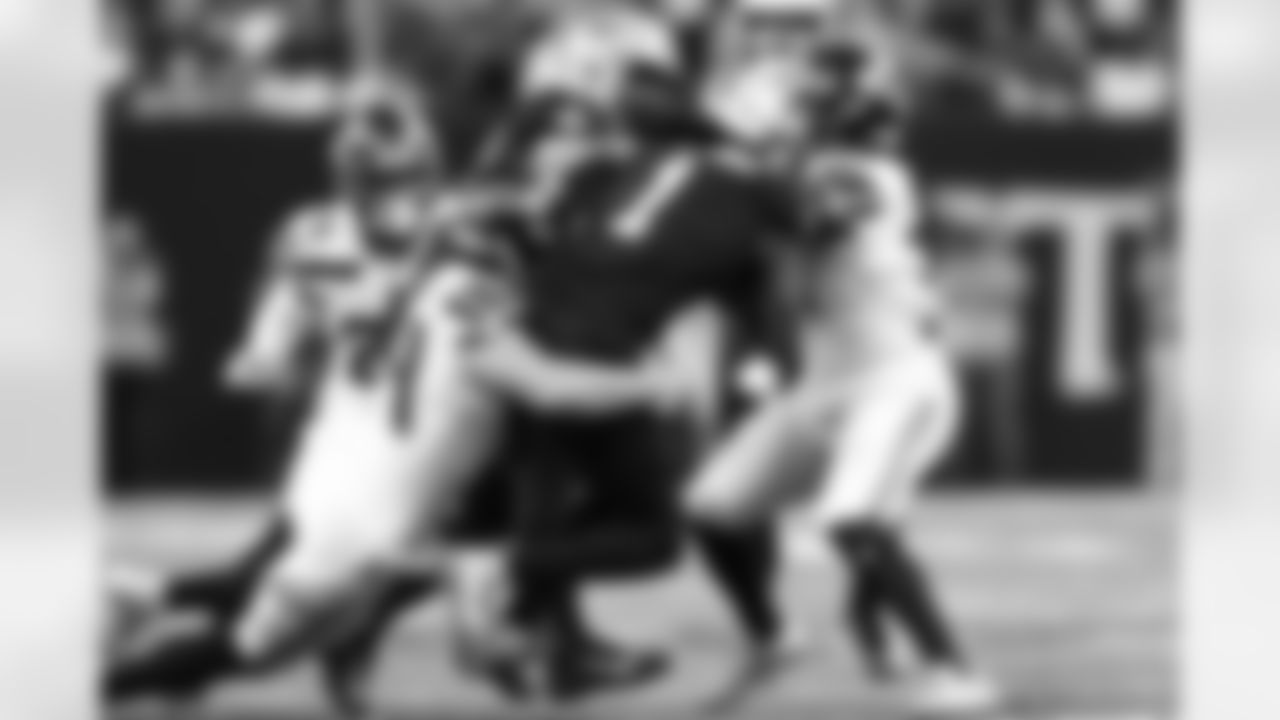
The best photos of Seahawks linebacker Nick Bellore from the 2022 season.
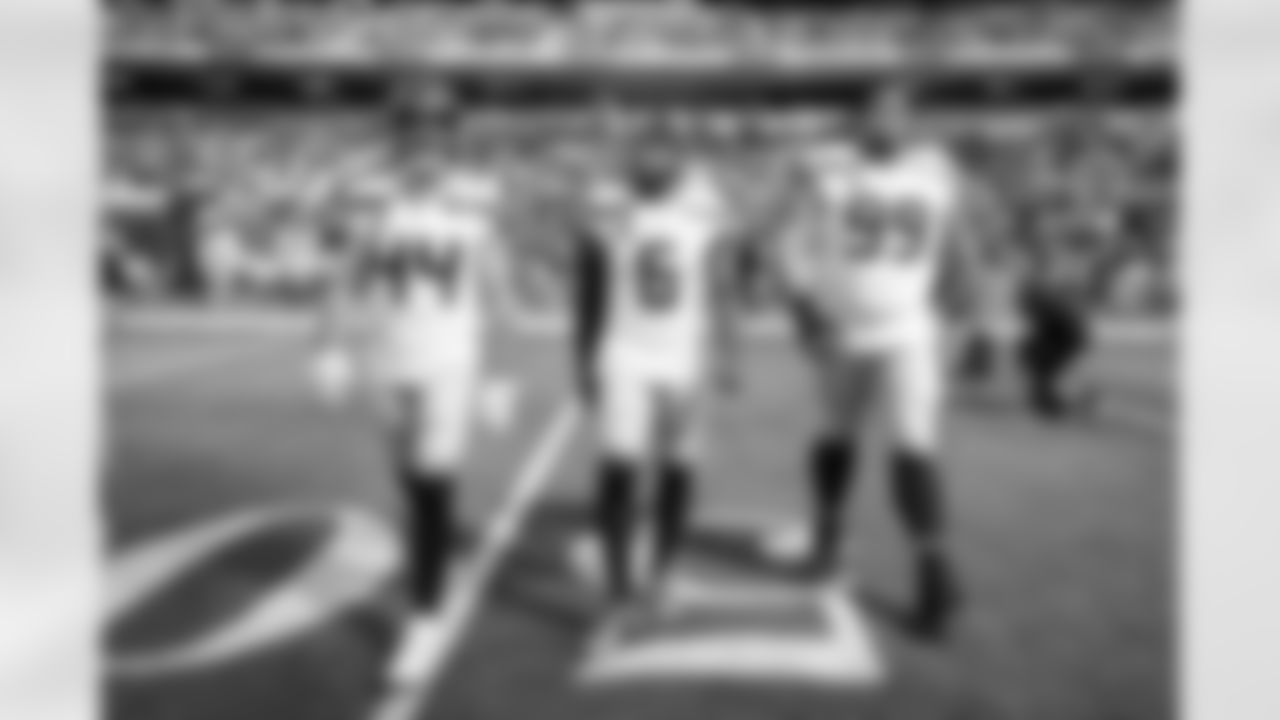
The best photos of Seahawks linebacker Nick Bellore from the 2022 season.
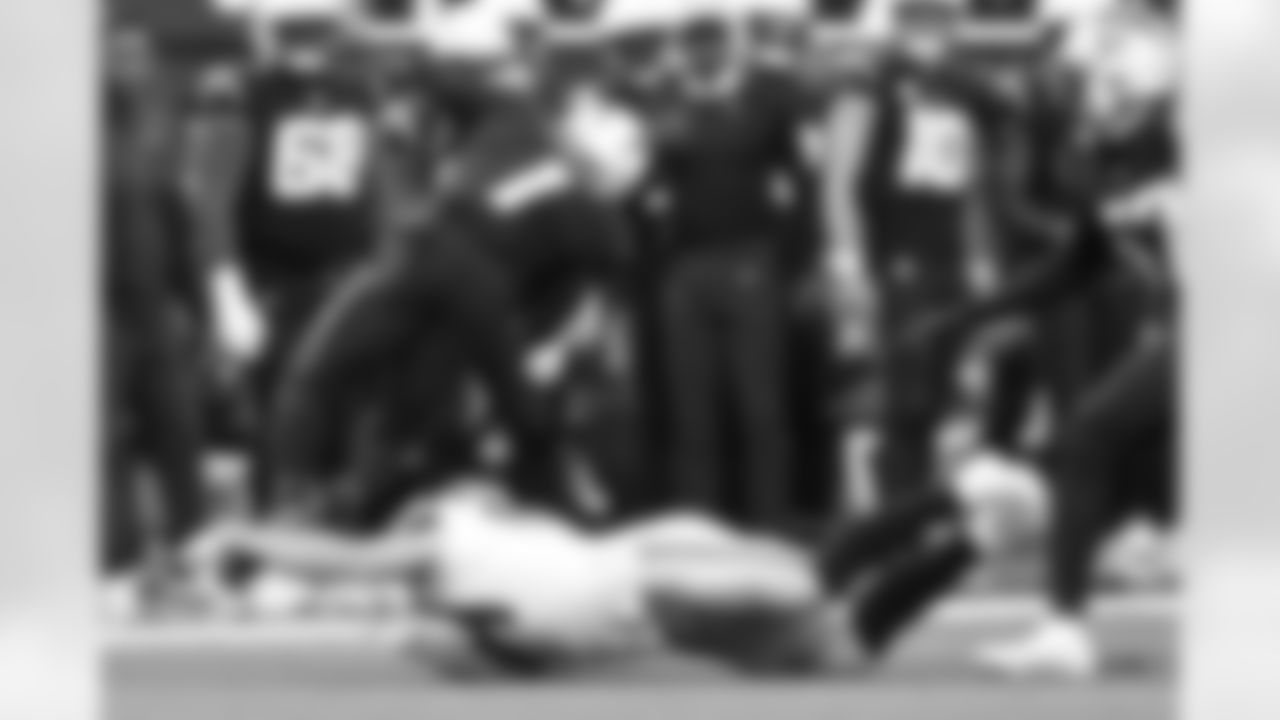
The best photos of Seahawks linebacker Nick Bellore from the 2022 season.
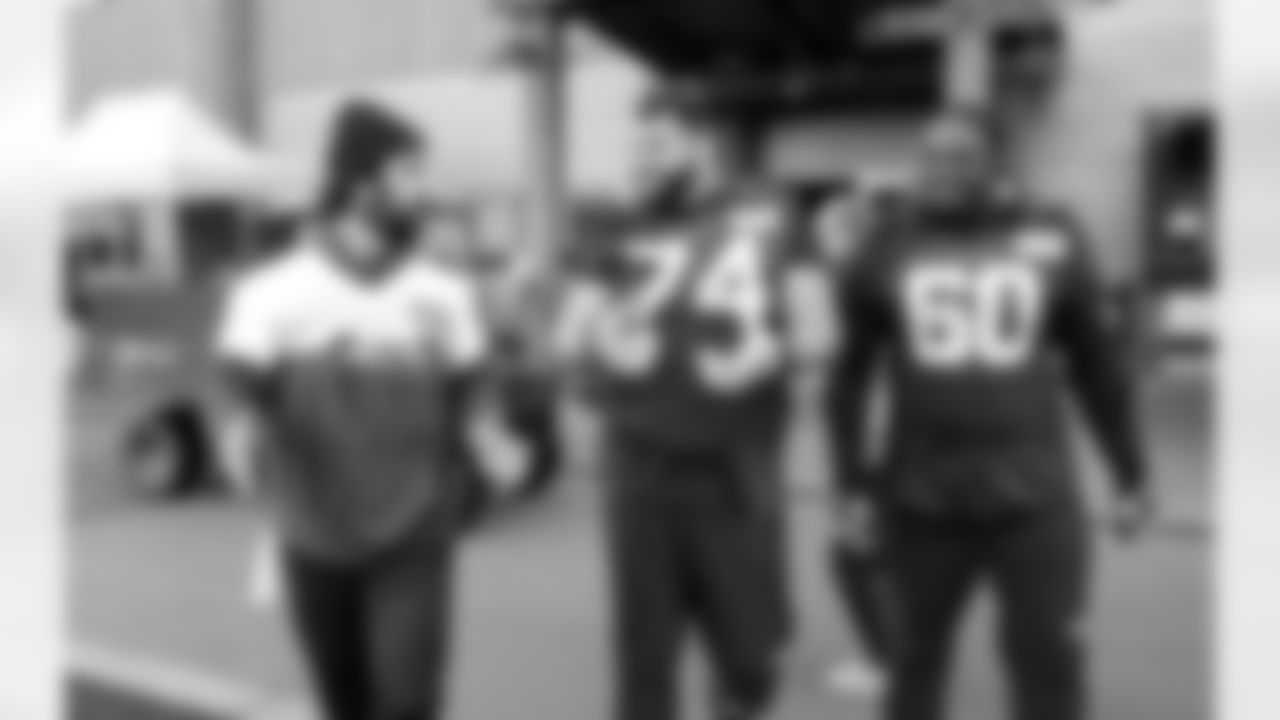
The best photos of Seahawks linebacker Nick Bellore from the 2022 season.
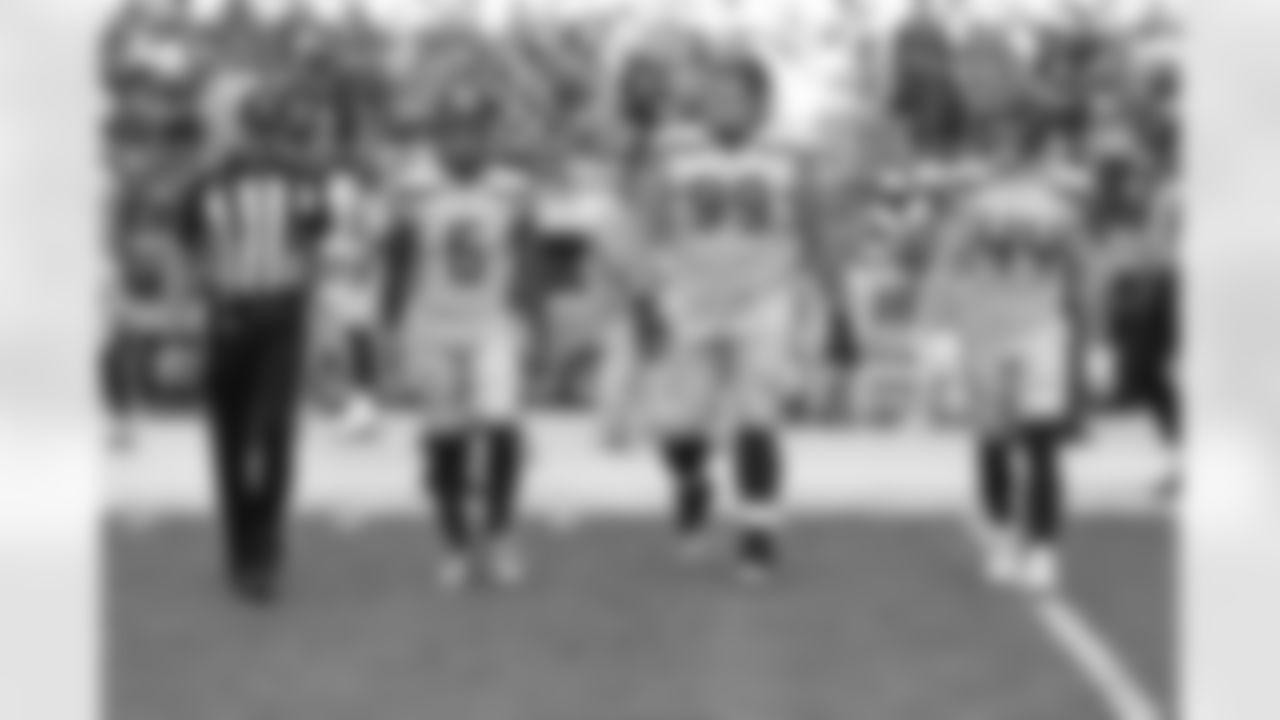
The best photos of Seahawks linebacker Nick Bellore from the 2022 season.
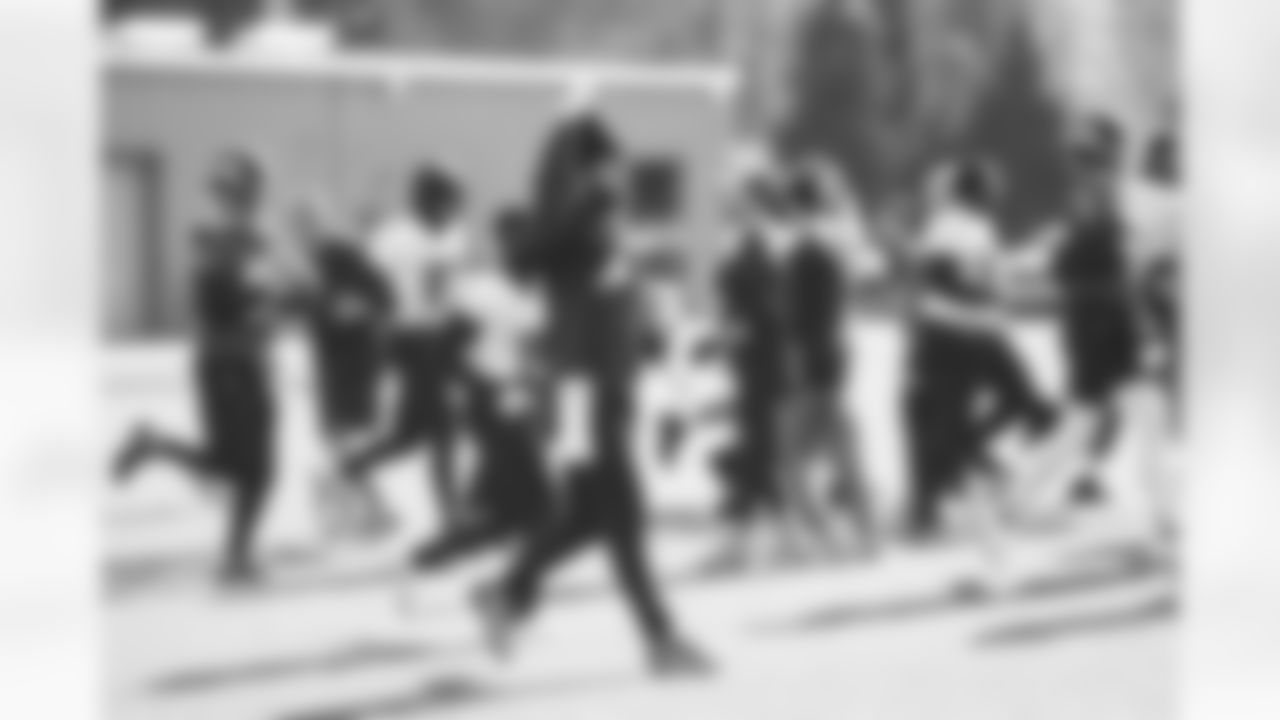
The best photos of Seahawks linebacker Nick Bellore from the 2022 season.
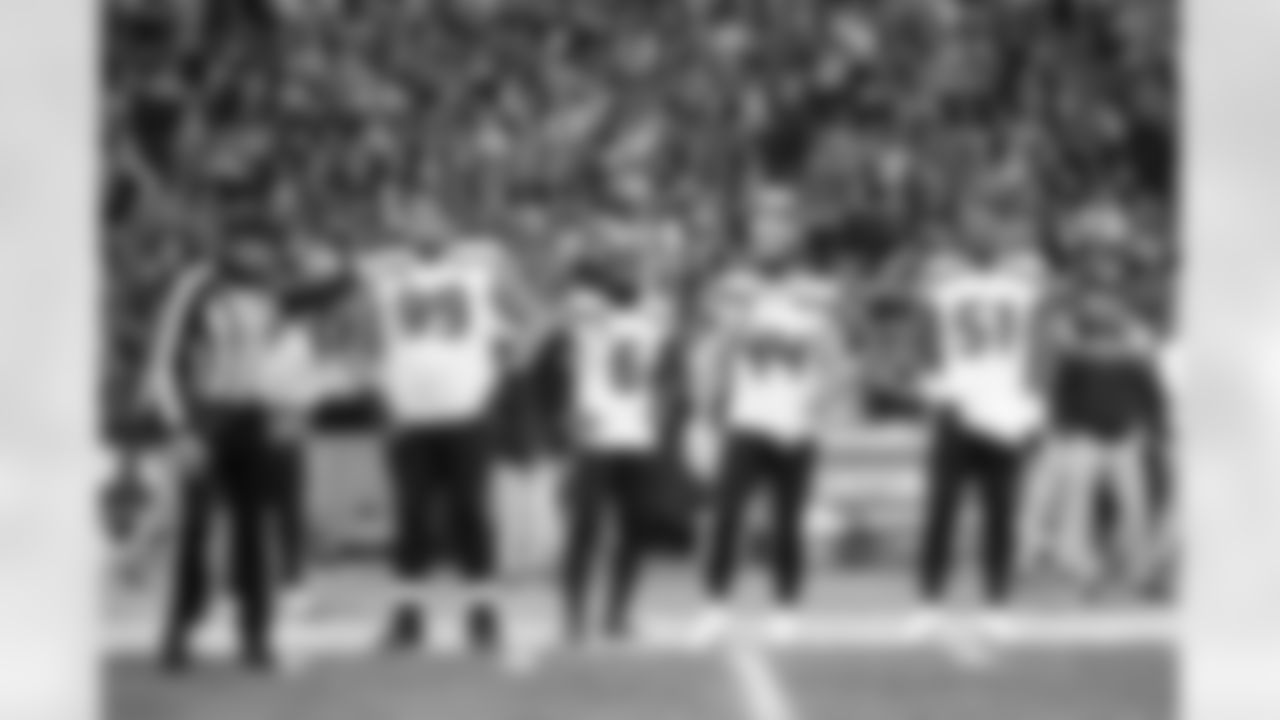
The best photos of Seahawks linebacker Nick Bellore from the 2022 season.
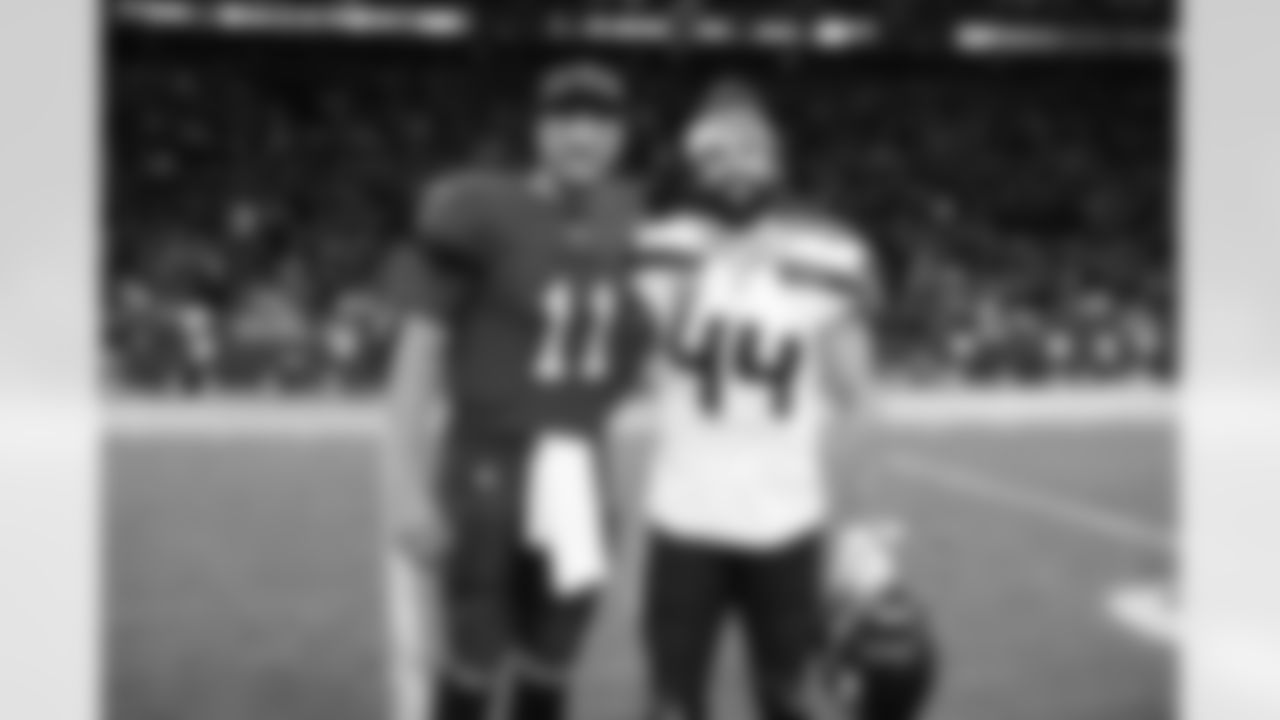
The best photos of Seahawks linebacker Nick Bellore from the 2022 season.

The best photos of Seahawks linebacker Nick Bellore from the 2022 season.
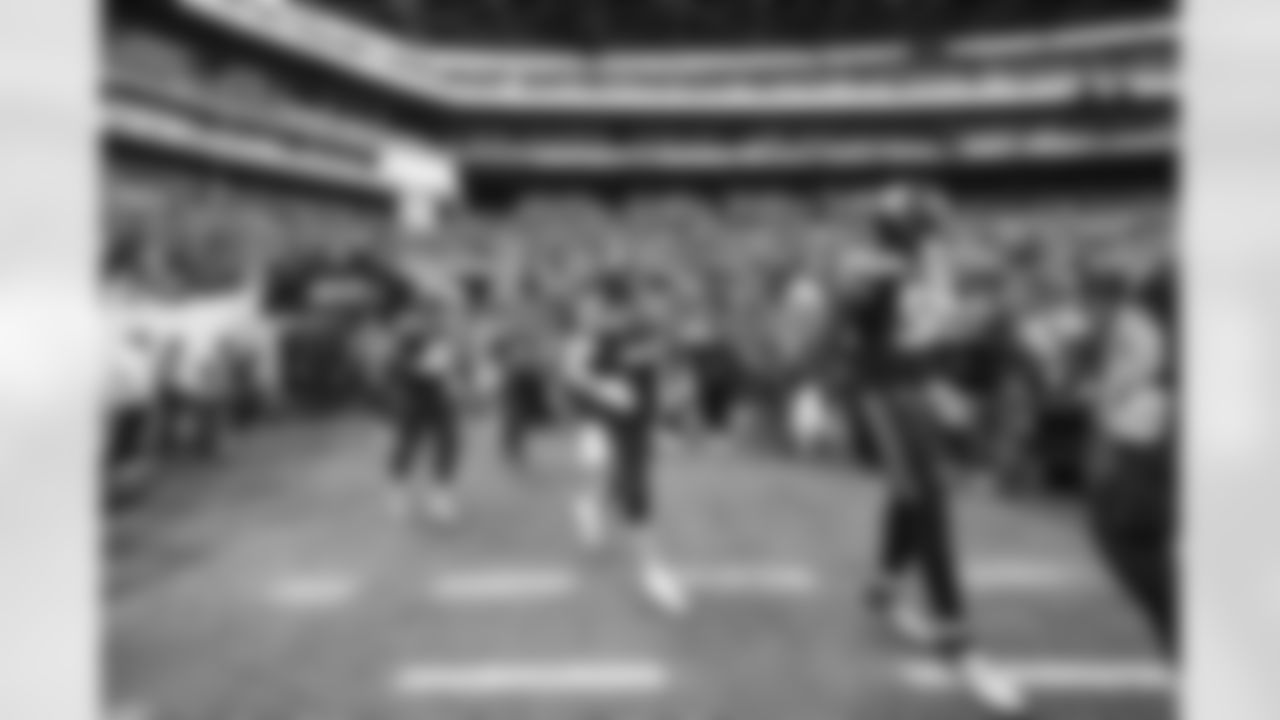
The best photos of Seahawks linebacker Nick Bellore from the 2022 season.
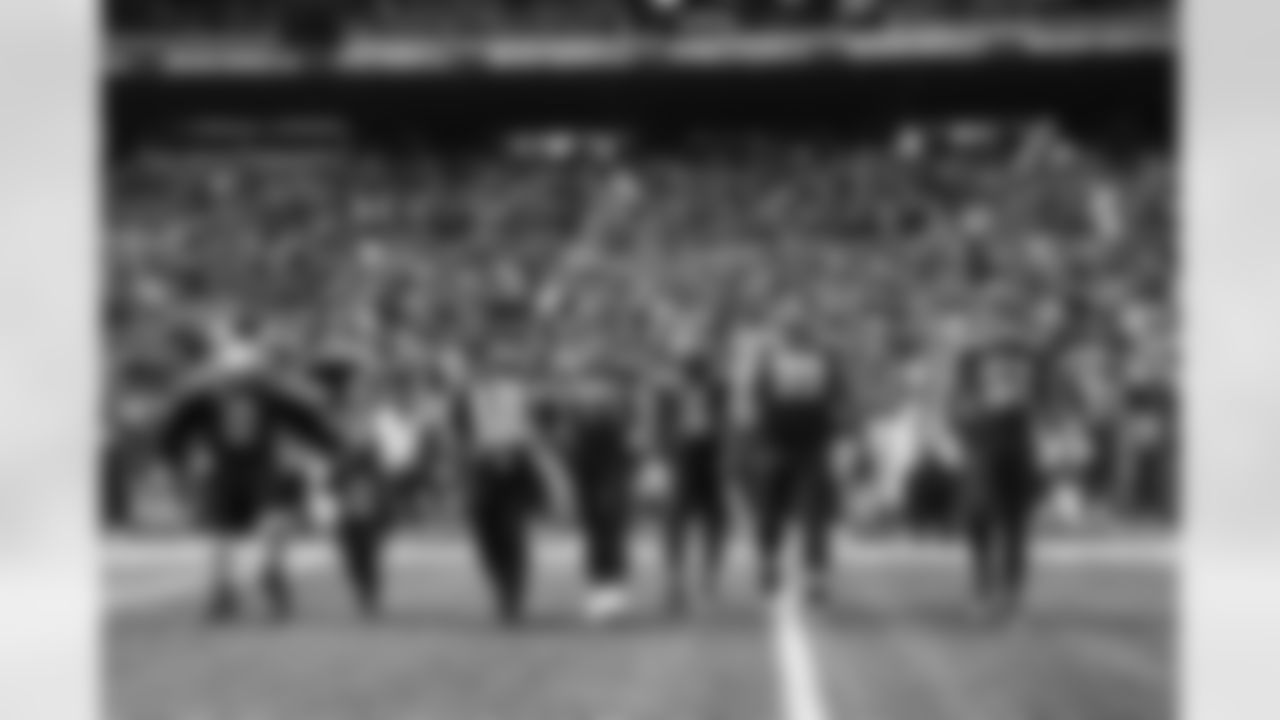
The best photos of Seahawks linebacker Nick Bellore from the 2022 season.

The best photos of Seahawks linebacker Nick Bellore from the 2022 season.

The best photos of Seahawks linebacker Nick Bellore from the 2022 season.

The best photos of Seahawks linebacker Nick Bellore from the 2022 season.
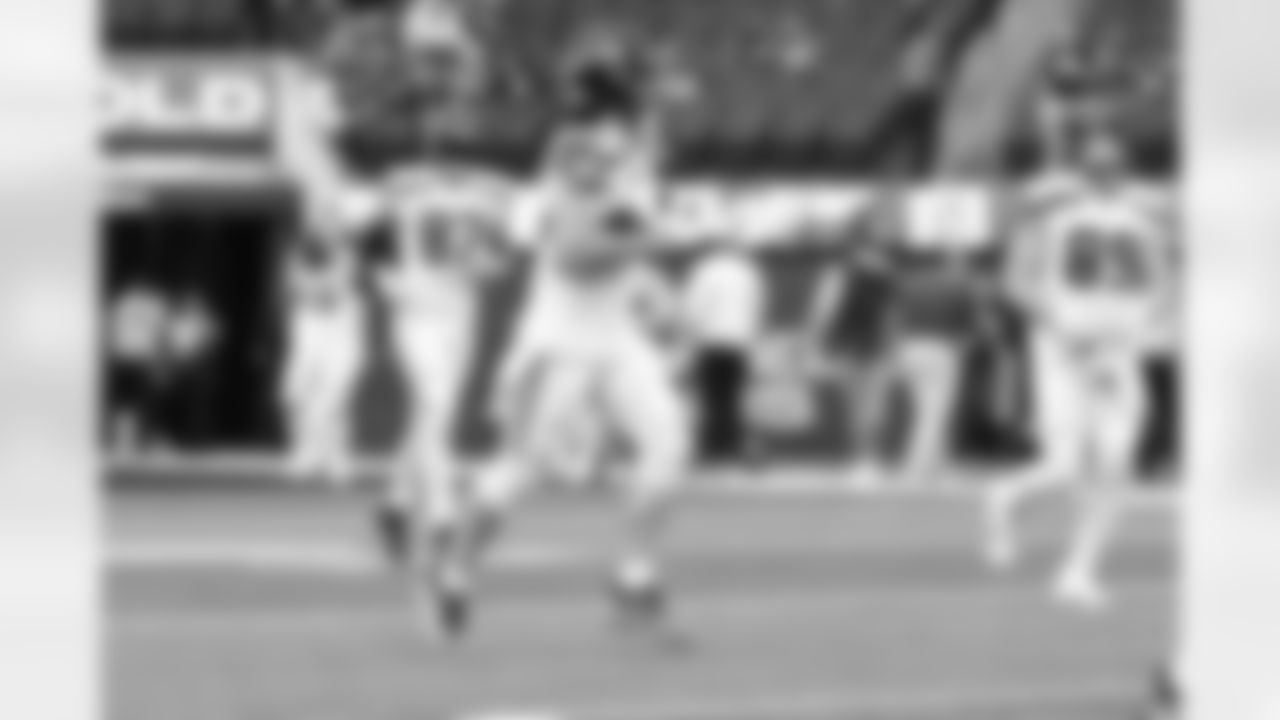
The best photos of Seahawks linebacker Nick Bellore from the 2022 season.

The best photos of Seahawks linebacker Nick Bellore from the 2022 season.

The best photos of Seahawks linebacker Nick Bellore from the 2022 season.
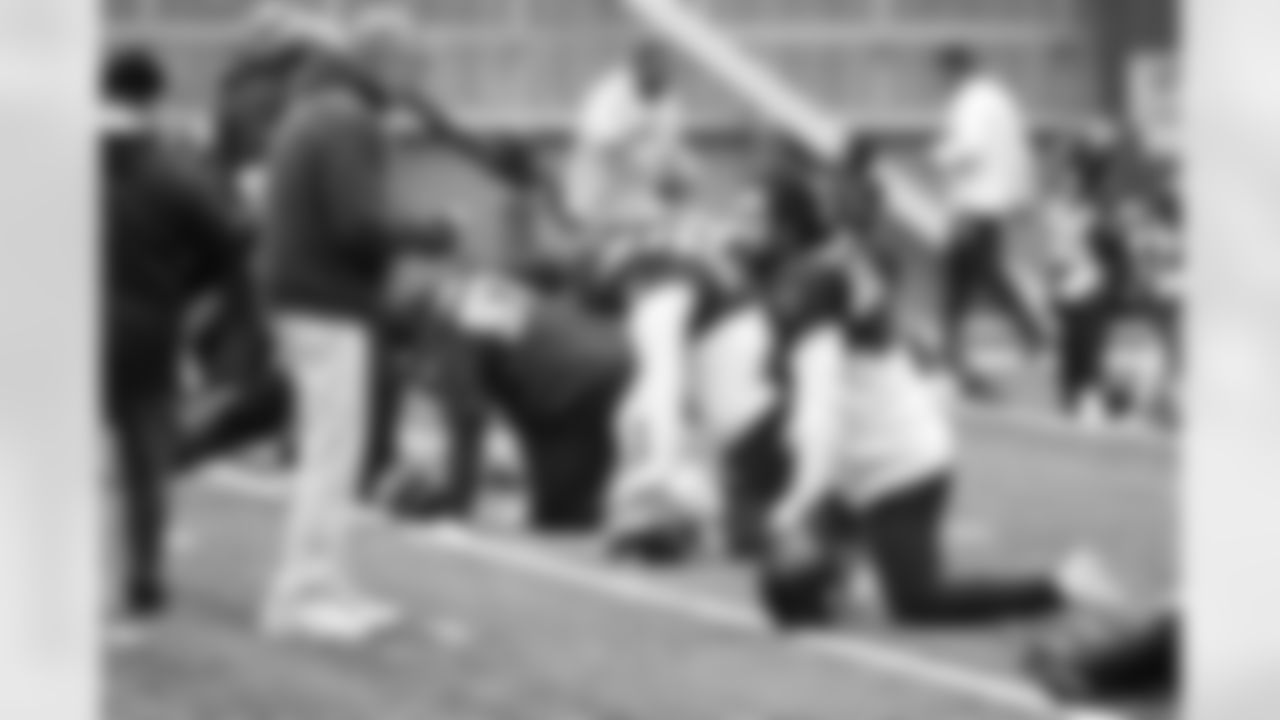
The best photos of Seahawks linebacker Nick Bellore from the 2022 season.

The best photos of Seahawks linebacker Nick Bellore from the 2022 season.

The best photos of Seahawks linebacker Nick Bellore from the 2022 season.
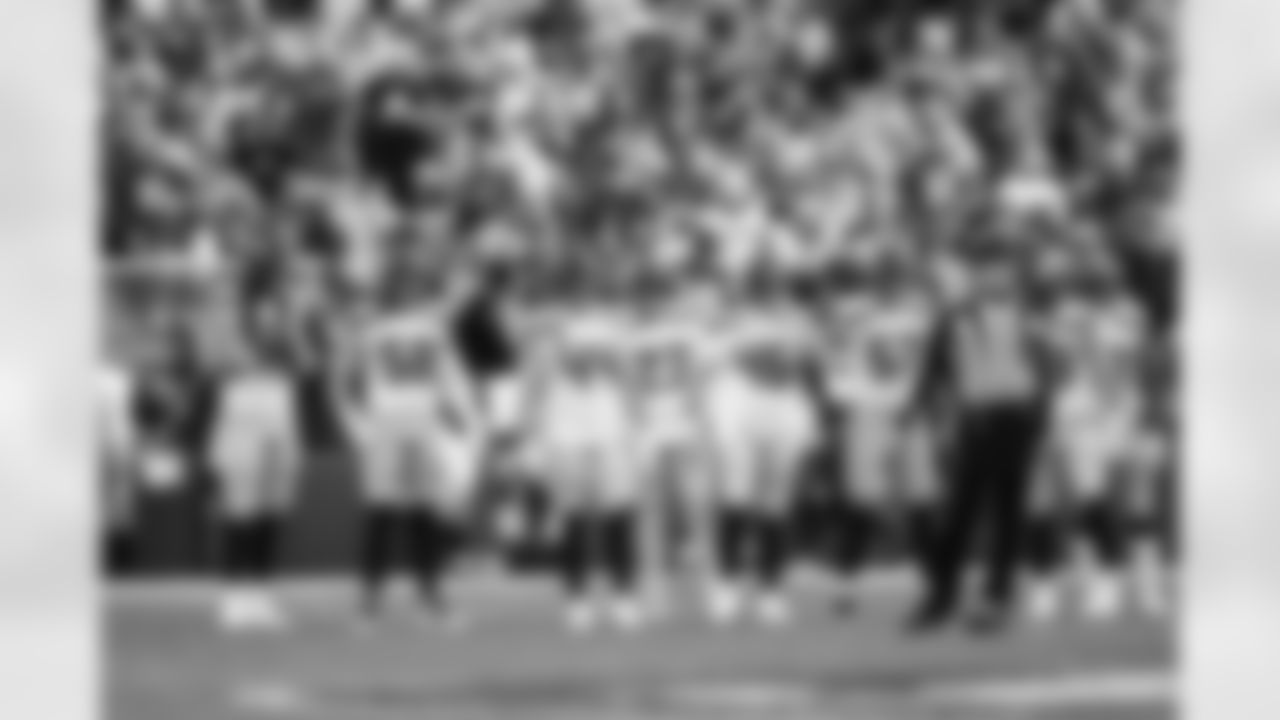
The best photos of Seahawks linebacker Nick Bellore from the 2022 season.















